
Mark Twain & Bambino, his cat
“Have you seen a distinguished looking cat that looks as if it might be lost? If you have, take it to Mark Twain for it may be his.” A 1905 New York American ad offering $5 reward brought attention to Bambino, Mark Twain’s (1835-1910) cat who ran away one night. Three days later, Bambino was found & Twain advertised again to tell the world that the cat was back home.
Twain had a lot of cats, some say, 19 at one time. But Bambino was special. This cat would often sit in a corner of the pool table while Twain hit the balls. Twain had taught Bambino to switch off table lamp and to wash his own face in the bowl every morning.
Charles Dickens & a raven named Grip
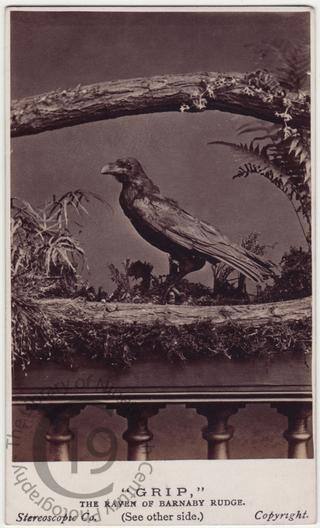 Charles Dickens' raven named Grip. (Photo: Wikimedia Commons)
Charles Dickens' raven named Grip. (Photo: Wikimedia Commons)
If you have read Charles Dickens’ (1812-1870) Barnaby Rudge and remember Grip, the raven, well, that raven actually existed. Dickens kept cats, dogs, a canary, a pony, an eagle, and several successive ravens named Grip. Grip, the first raven, could mimic and Dickens recorded its vocalisations; she also buried coins and cheese in the garden, and often bit people. When Grip died, Dickens had it stuffed and displayed it above the desk in his study. The stuffed Grip is currently housed in Rare Book Department of the Parkway Central Library in Philadelphia. Dickens loved Grip so much that he renamed all his other ravens Grip.
Edgar Allan Poe is said to have been inspired by Grip and wrote about ravens, too.
Ernest Hemingway & Snow White, his six-toed kitten
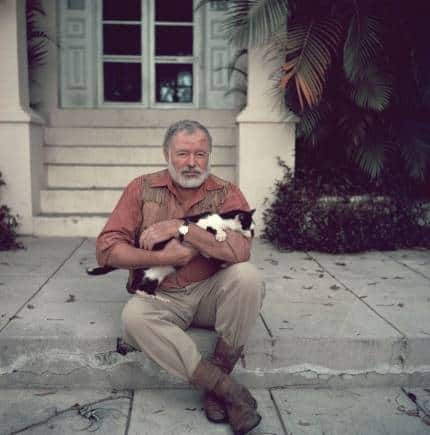 Ernest Hemingway and his six-toed cat Snow White. (Photo: Wikimedia Commons)
Ernest Hemingway and his six-toed cat Snow White. (Photo: Wikimedia Commons)
Snow White was gifted to Ernest Hemingway (1899-1961) by a sea captain. Soon, the author had more six-toed kitten in his home in Key West, Florida, and all the cats were named after famous people. Snow White was the only one who had the permission and the privilege to enter Hemingway’s studio when he was working. When Hemingway left for Europe, he could not take Snow White along but he regularly sent letters to Snow White and it was the housekeeper’s task to read every letter aloud to Snow White.
Story is that Snow White is progenitor of many of the polydactyl cats that currently live in the Hemingway house-museum on the island of Key West.
Gertrude Stein & Basket, the poodle
 A picture of Man Ray's photograph print Alice. B. Toklas and Gertrude Stein (1922) at the National Gallery of Art. (Photo: Wikimedia Commons)
A picture of Man Ray's photograph print Alice. B. Toklas and Gertrude Stein (1922) at the National Gallery of Art. (Photo: Wikimedia Commons)
Gertrude Stein (1874-1946) and her partner Alice B Tolkas greatly loved white poodles who were always named Basket. As a habit, Stein insisted that Basket be bathed in sulphur water every day and then she had her guests run the dog in circles in the garden until the poodle was completely dry.
"Basket, a large, unwieldy white poodle, still will get up on Gertrude's lap and stay there. She says that listening to the rhythm of his water drinking made her recognise the difference between sentences and paragraphs, that paragraphs are emotional and sentences are not," Toklas had famously said.
Elizabeth Barrett Browning & Flush, the cocker spaniel
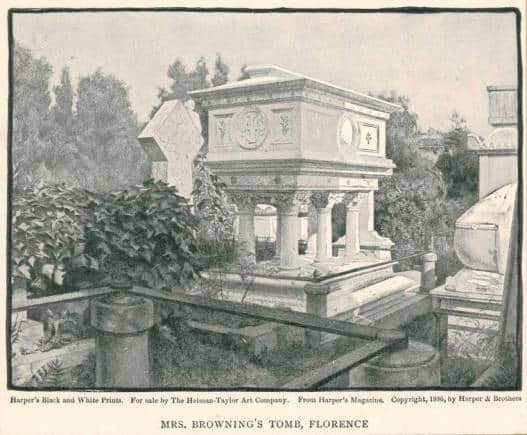 Tomb of Elizabeth Barrett Browning. (Photo: Wikimedia Commons)
Tomb of Elizabeth Barrett Browning. (Photo: Wikimedia Commons)
Flush entered poet Barrett Browning’s (1806-1861) life when she was in her mid-thirties and had already seen a lot of sickness since her teens. Mary Russell Mitford, another writer, had gifted the cocker spaniel that was named Flush as solace after the death of her brother in 1840. Barrett Browning addressed two works to her spaniel: Flush or Faunus, a sonnet comparing her pet to the ‘goatly god’ as he leaps into her lap, and To Flush, My Dog, a tongue-in-cheek benedictory ode.
Flush wasn’t in attendance at the Brownings’ (of Elizabeth and Robert Browning) secret wedding, but he was part of their escape to Florence (Italy) where they settled in 1847.
Flush featured in The Barretts of Wimpole Street , a 1934 film, and in Flush, a 1933 ‘biography’ of him written by Virginia Woolf and illustrated by her sister, Vanessa Bell.
John Steinbeck & his dogs Toby and Charley
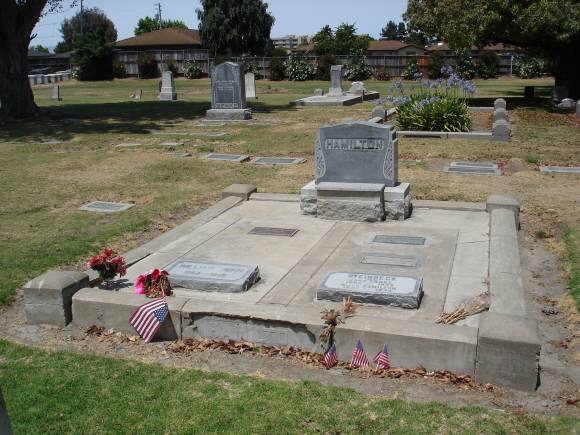 Grave site of John Steinbeck and family. (Photo: Wikimedia Commons)
Grave site of John Steinbeck and family. (Photo: Wikimedia Commons)
Read Travels with Charley by Nobel Laureate John Steinbeck (1902-1968)? In this 1937 account of Steinbeck’s search for America across 37 states, Charley, the dog, is his travel companion. Steinbeck talks of Charley as the dog ‘who chooses diplomacy over aggression and is prone to vanity when groomed’. He can't read or drive a car, but ‘in his own field of endeavour, he has no peer’ and Steinbeck admits that ‘in some areas Charley is more intelligent than I am’.
Toby, his other dog, a setter, was a ‘chewer’ – he ate the first draft of Steinbeck’s acclaimed book Of Mice & Men and the author had to start writing from scratch.
"Minor tragedy stalked. I don’t know whether I told you. My setter pup, left alone one night, made confetti of about half of my [manuscript] book. Two months work to do over again. It sets me back. There was no other draft. I was pretty mad but the poor little fellow may have been acting critically,” Steinbeck described the manuscript-chewing incident.
Lord Byron & his bear
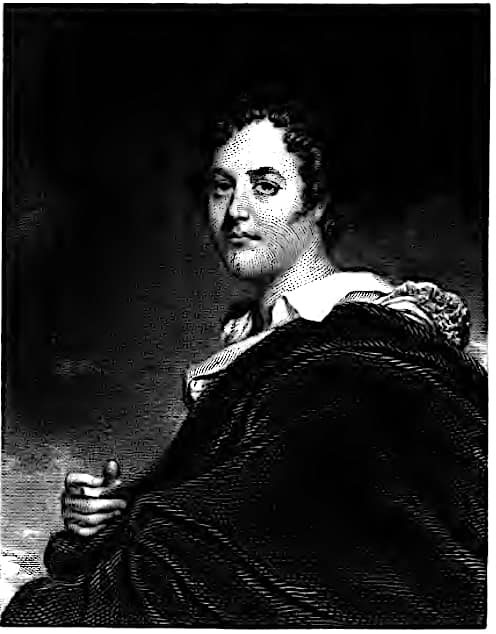 Lord Byron Plate from The Literary Souvenir, 1827. (Photo: Wikimedia Commons)
Lord Byron Plate from The Literary Souvenir, 1827. (Photo: Wikimedia Commons)
One of the best Romantic poets, Lord George Gordon Byron (1788-1824) was a dog lover. When he joined Trinity College (Cambridge University), he brought along his dog but the college authorities refused to let the dog in stating that pet dogs were banned. Furious, Lord Byron brought a tame bear instead, and argued that as bears weren’t specifically mentioned in their statutes, the college had no legal grounds for complaint.
In 1807, Lord Byron wrote about this bear to a friend, “I have got a new friend, the finest in the world, a tame bear. When I brought him here, they asked me what to do with him, and my reply was, ‘he should sit for a fellowship’.”
Byron had several pets but it was Boatswain, a Newfoundland dog, that he loved the most. When Boatswain caught rabies, Byron nursed him. When Boatswain died, Byron built a monument for him and mentioned in his will that he should be buried next to his favourite dog.
Nikola Tesla & his love for white pigeons
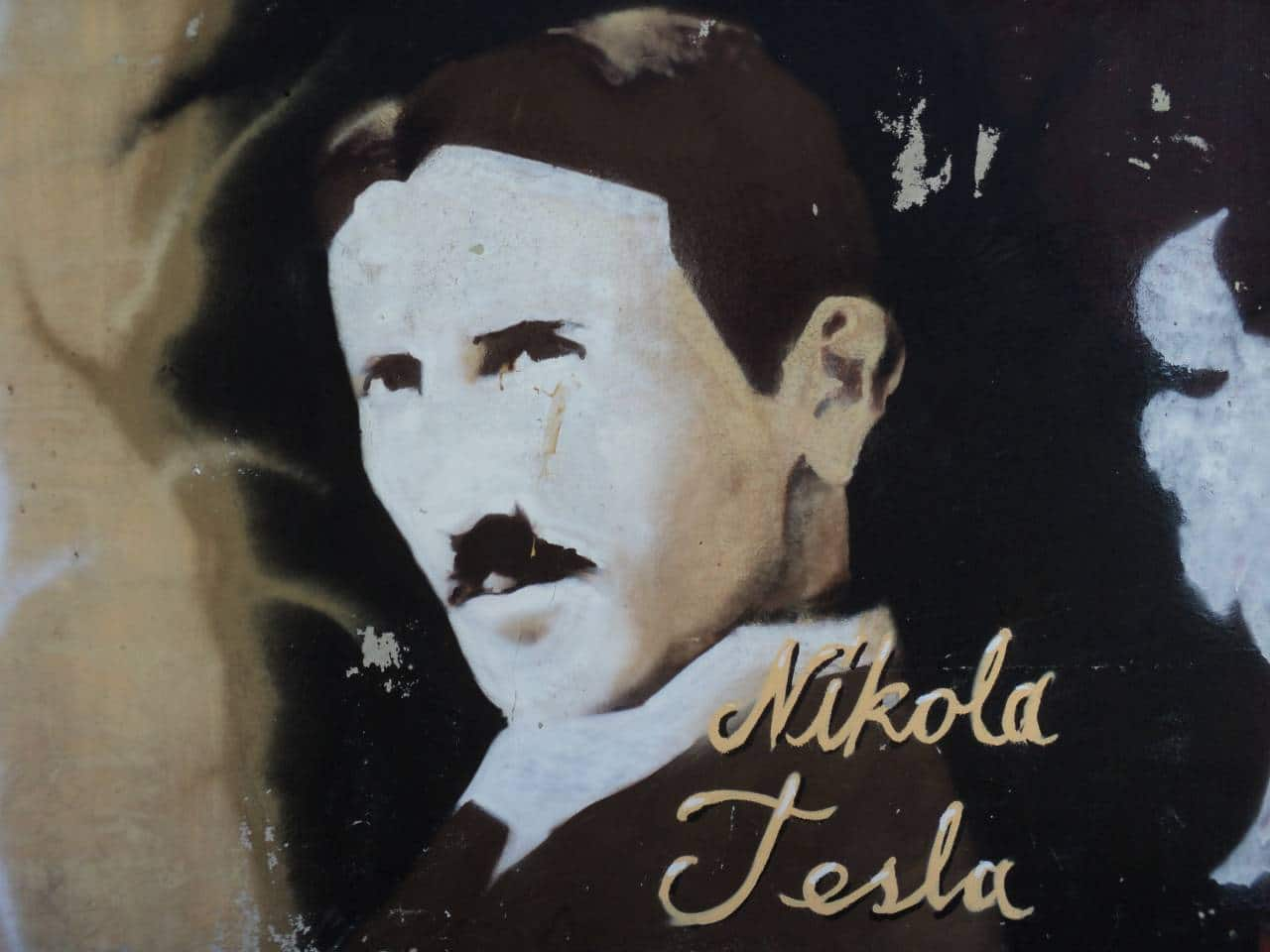 Graffiti portrait of Nikola Tesla, Osijek. (Photo: Wikimedia Commons)
Graffiti portrait of Nikola Tesla, Osijek. (Photo: Wikimedia Commons)
Engineer and physicist Nikola Tesla never married but he was utterly smitten by white pigeons. While living in New York, he spent hours feeding pigeons and took home any injured pigeon. He often left the windows of his hotel doors open so that pigeons could fly in freely.
“I loved that pigeon as a man loves a woman, and she loved me. As long as I had her, there was a purpose to my life,” Tesla wrote about one of the white pigeons that visited him regularly. He was heartbroken at her death and told friends that at that moment, he felt his life’s work was finished.
Discover the latest Business News, Budget 2025 News, Sensex, and Nifty updates. Obtain Personal Finance insights, tax queries, and expert opinions on Moneycontrol or download the Moneycontrol App to stay updated!